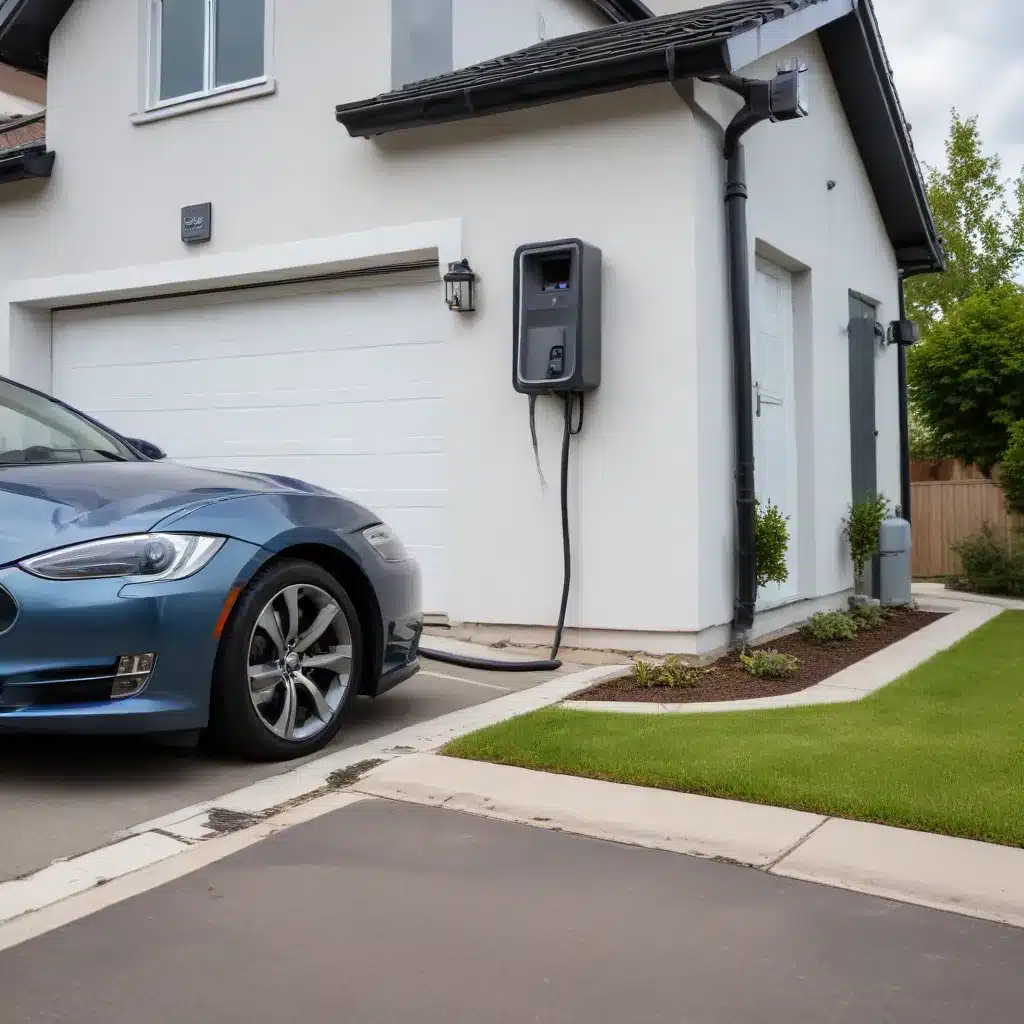
Preparing Your Home for an Electric Future
As electricity generation increasingly relies on renewable sources and electric vehicles (EVs) steadily gain popularity, preparing your home for an electric-powered future is a wise investment. Whether you plan to adopt an EV soon or simply want to future-proof your home, taking steps to ensure your electrical system is ready can make the transition smoother and more cost-effective.
The rise of electric transportation, coupled with the growing trend toward electrifying home appliances and heating systems, has created a need for homeowners to assess their electrical capacity and make the necessary upgrades. By getting your home “electric-ready,” you can position yourself to take advantage of the benefits of clean, efficient electric power, including significant savings on fuel costs and a reduced carbon footprint.
Understanding Your Home’s Electrical Capacity
The first step in adapting your home’s electrical system for EV charging is to evaluate your current electrical capacity. Locate your main electrical panel and check the main breaker to determine the Amperage (Amps) your home receives. This information will indicate the overall capacity of your electrical system and whether upgrades may be necessary.
Older homes often have 100-Amp electrical panels, which may not be sufficient to support the additional load of an EV charger. Newer homes, on the other hand, typically have 200-Amp panels, providing more room to accommodate the increased electrical demands of electric vehicles and other appliances.
If your panel is full and there are no empty spaces for new breakers, you may need to upgrade your electrical panel to ensure your home can handle the increased power draw. While this may seem like an inconvenience, panel upgrades are a common and necessary step in preparing for an electric-powered future.
Choosing the Right EV Charging Solution
Once you’ve assessed your home’s electrical capacity, the next step is to determine the appropriate EV charging solution. There are two main types of residential EV charging:
-
Level 1 Charging: This utilizes a standard 120-volt household outlet and is the most basic and affordable charging option. Level 1 chargers provide 3-5 miles of range per hour of charging, making them suitable for plug-in hybrid vehicles with smaller batteries or for those who only drive short distances daily.
-
Level 2 Charging: This requires a 240-volt, heavy-duty electrical outlet, similar to what is used for electric dryers. Level 2 chargers can provide 10-30 miles of range per hour, making them the preferred choice for fully electric vehicles with larger batteries and greater driving ranges.
For homeowners with fully electric cars, a Level 2 charger is generally recommended, as it can significantly reduce charging times and provide the necessary range for daily driving needs. While the installation of a Level 2 charger may require more electrical work, the increased charging speed and convenience are well worth the investment.
Integrating Smart Home Technology for Energy Efficiency
As you prepare your home for EV charging, consider incorporating smart home technology to enhance energy efficiency and optimize your electricity usage. Smart home devices, such as Wi-Fi-enabled thermostats, lighting controls, and appliances, can help you monitor and manage your home’s energy consumption, ensuring you maximize the benefits of your electric-powered future.
One particularly useful integration is pairing your EV charger with a smart home system, such as Home Assistant. This allows you to dynamically adjust the charging current based on your home’s real-time energy production and consumption. By monitoring your solar panel output or whole-home energy usage, you can program your charger to draw power only when there is a surplus, ensuring you are utilizing renewable energy sources to the fullest extent possible.
Electrical Safety and DIY Considerations
When undertaking any electrical work in your home, safety should be your top priority. It is highly recommended to hire a licensed and insured electrician to handle the installation of your EV charger and any necessary electrical upgrades. Attempting DIY electrical projects can be both dangerous and potentially violate local building codes.
If you do choose to tackle some of the preparatory work yourself, such as identifying the location for your charger or inspecting your electrical panel, exercise extreme caution. Familiarize yourself with electrical safety best practices, and never attempt to work on live circuits or make modifications to your home’s electrical system without the guidance of a professional.
Maximizing Savings with Incentives and Rebates
The transition to an electric-powered home can come with significant upfront costs, but fortunately, there are various incentives and rebates available to offset these expenses. Many electric utilities, as well as state and federal governments, offer financial assistance programs to encourage homeowners to invest in sustainable energy solutions, including electrical panel upgrades and EV charger installations.
Be sure to research and take advantage of the incentives available in your area. This could include tax credits, rebates, or direct financial assistance to help cover the costs of preparing your home for an electric future. Consulting with your local utility or an experienced contractor can help you navigate the various incentive programs and ensure you maximize the savings.
Conclusion
As the world moves toward a more sustainable future, preparing your home’s electrical system to support electric vehicle charging is a wise investment. By assessing your current electrical capacity, choosing the right charging solution, integrating smart home technology, and taking advantage of available incentives, you can position your home to seamlessly transition to an electric-powered lifestyle.
By making these important adaptations, you’ll not only reduce your carbon footprint and save on fuel costs, but you’ll also future-proof your home and position yourself to take full advantage of the clean, efficient power of electricity. Stay informed, work with qualified professionals, and embrace the electric future – your home and the environment will thank you.

